The Rural Monitor
Articles by State: Oklahoma
For more information and resources, see the
Oklahoma state guide.
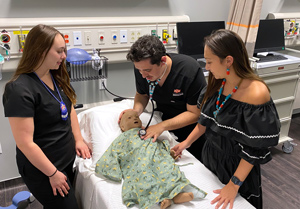
January 11, 2023
Oklahoma State University's College of Osteopathic Medicine at the Cherokee Nation prepares future doctors to work in rural and tribal settings where healthcare workers are in short supply.
Read More
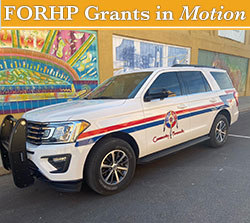
February 16, 2022
By leveraging federal COVID-related funding, the Quapaw Nation now serves its local residents with a new community paramedicine program. Current program data indicates that it's bringing significant cost savings, along with valuable information for future local healthcare delivery decision-making. Most importantly, the program is also proving to be widely acceptable to community members.
Read More
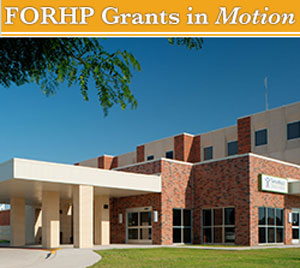
September 1, 2021
It's a crisis: rural hospital closures. Helping at-risk hospitals thrive in order to continue to serve their communities, Texas A&M's Center for Optimizing Rural Health (CORH) offers technical assistance through a federally funded program for vulnerable hospitals. The CORH team and an Oklahoma program participant share specifics on just how the program's assistance can help keep doors open.
Read More
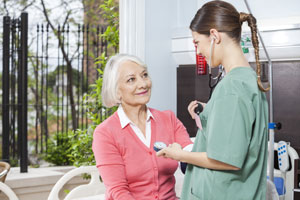
August 11, 2021
"Swing bed" is that oft-heard phrase describing not a physical hospital bed, but post-acute care for the rural patient who is well enough to leave the acute care hospital but not well enough to be safe at home. In this 2-part story, experts and hospital administrators review the swing bed program's historical implementation and provide stories and examples of the value this over 40-year-old healthcare delivery and reimbursement model brings to patients, to the hospitals providing their care, and ultimately to rural communities.
Read More
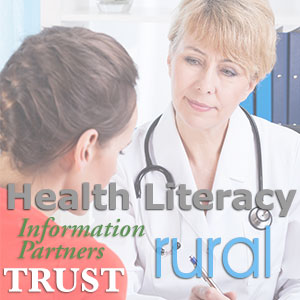
May 3, 2017
From over-the-counter medication use, to decisions about personal or family disease treatments, health literacy impacts the most everyday of health decisions. But, distance and internet connectivity challenges make it difficult for rural residents to get health information. To navigate health information gaps, school nurses, newspapers, public libraries, churches, public health departments, and hub-and-spoke academic institutions are working in creative ways.
Read More
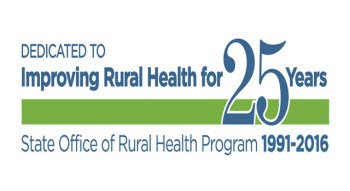
November 9, 2016
Happy 25th anniversary to the Federal Office of Rural Health Policy's State Office of Rural Health (SORH) Program! Although each SORH has its own story, this article highlights the history of the program and the good work of three state offices that are meeting rural health needs in unique ways.
Read More






